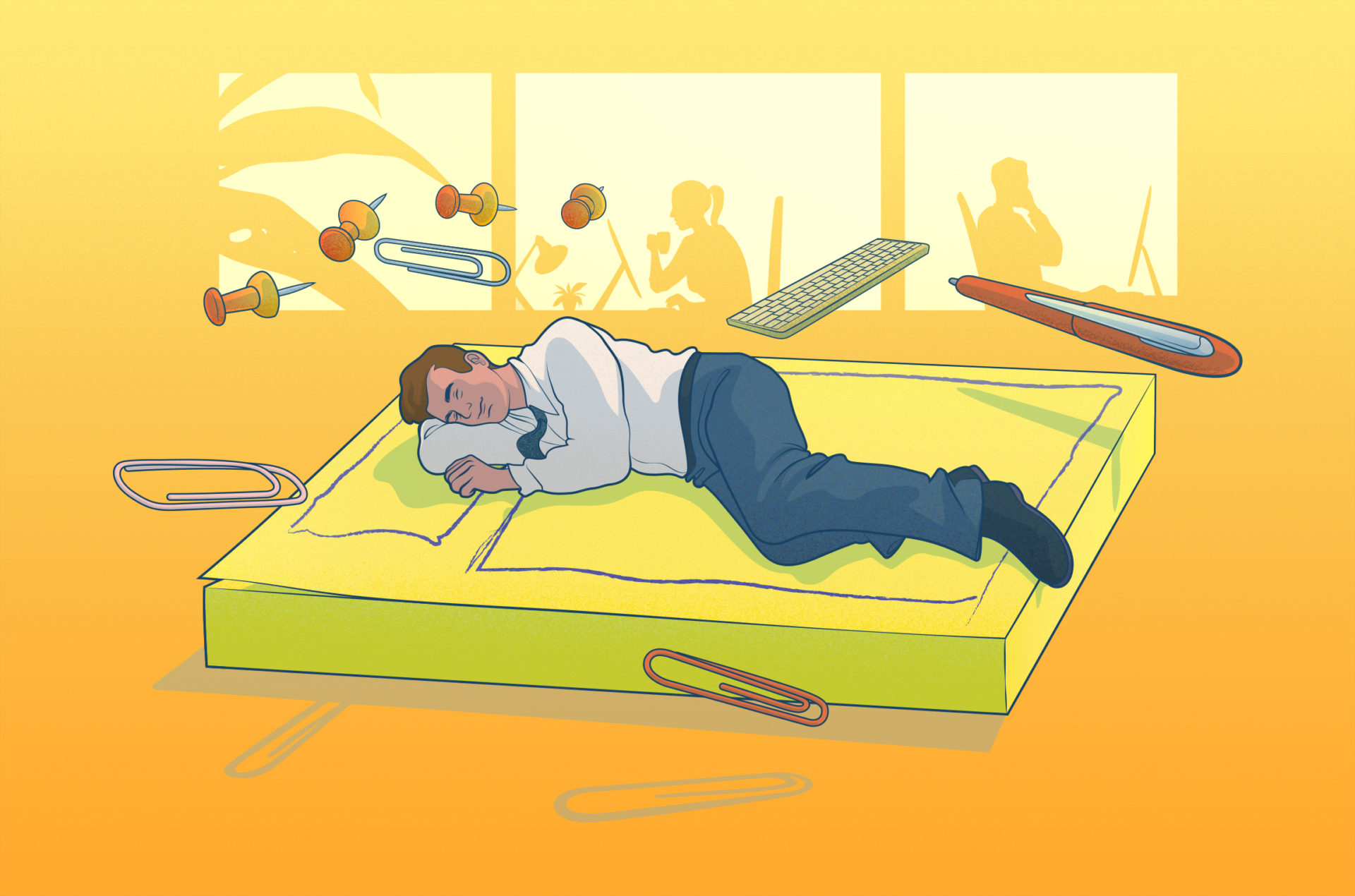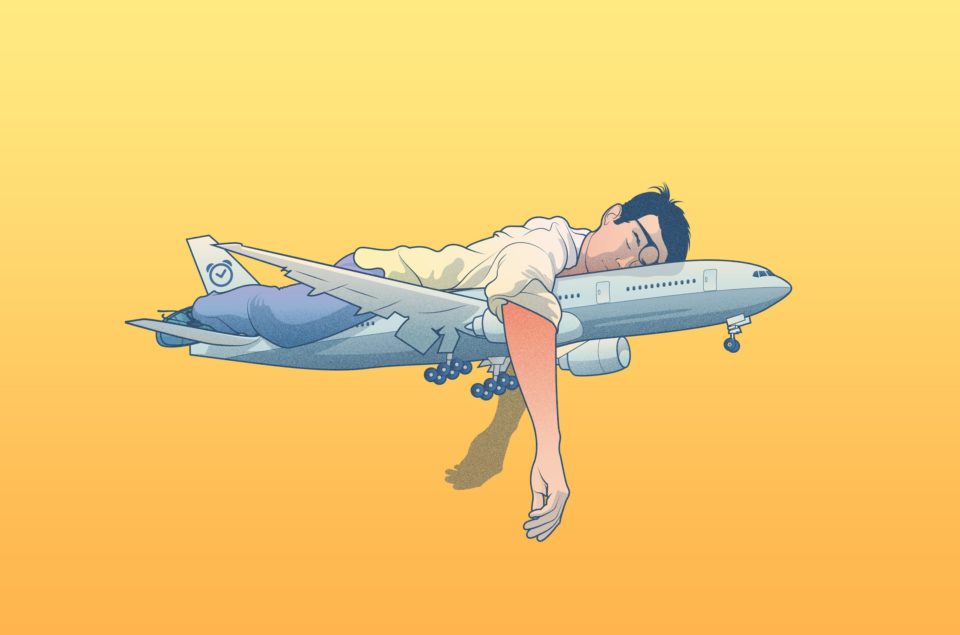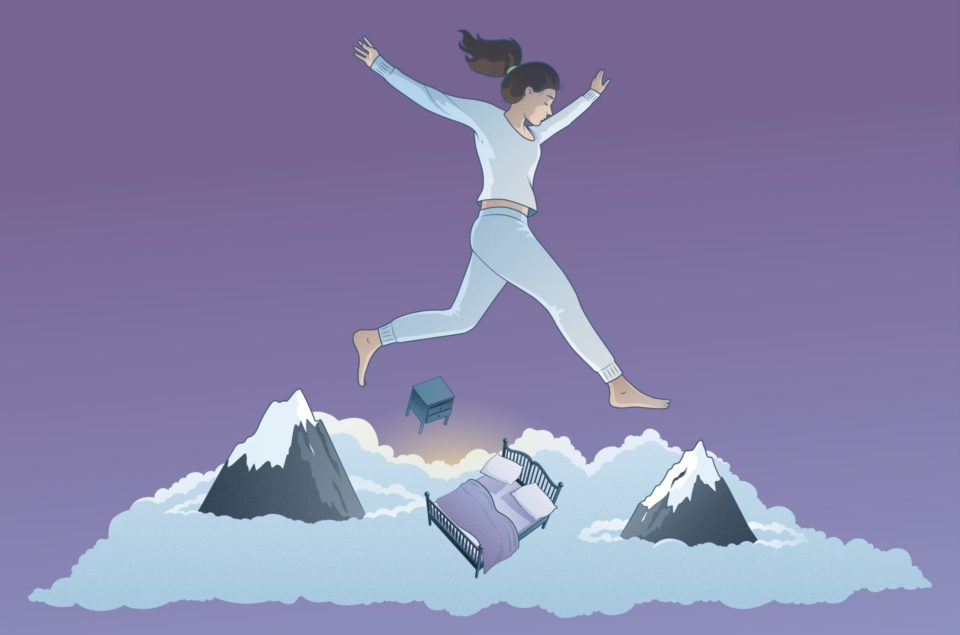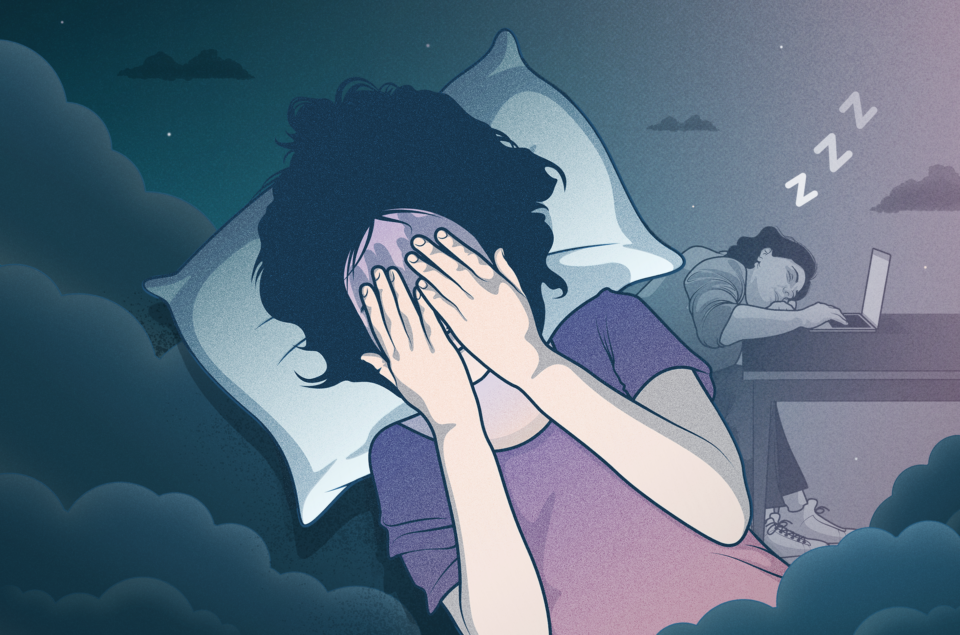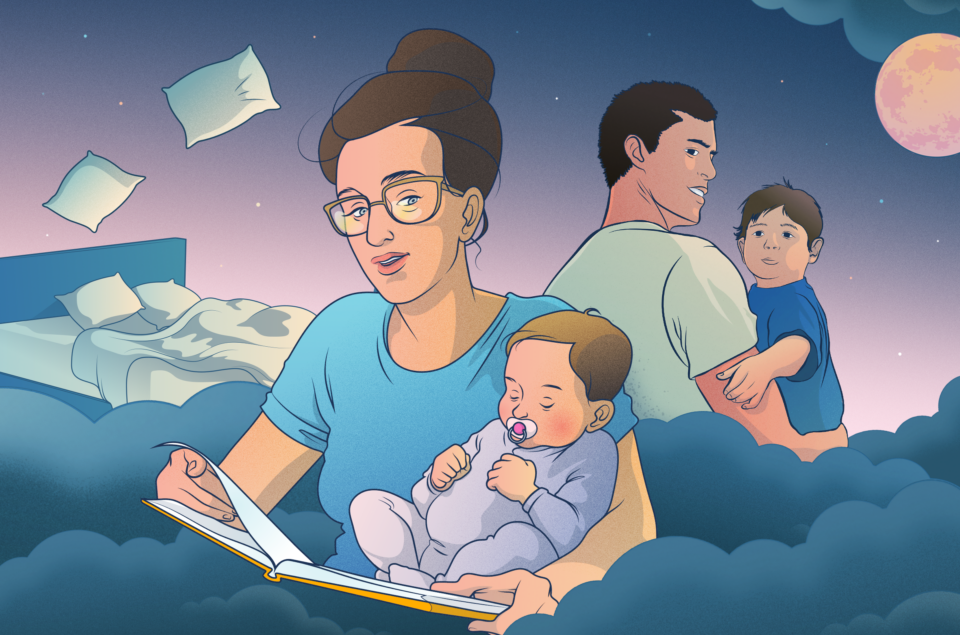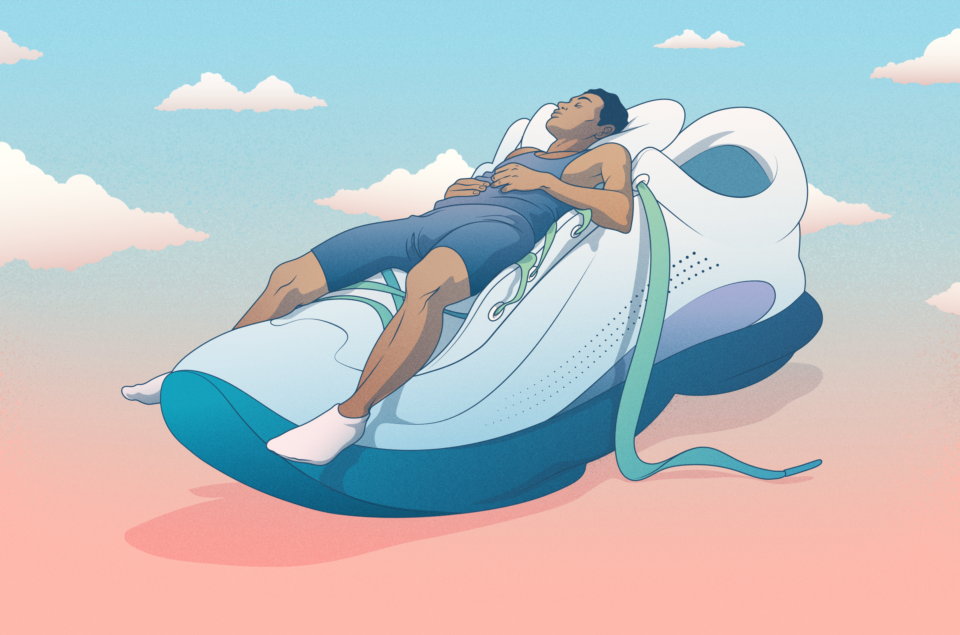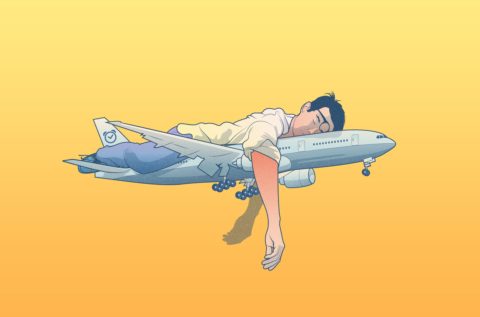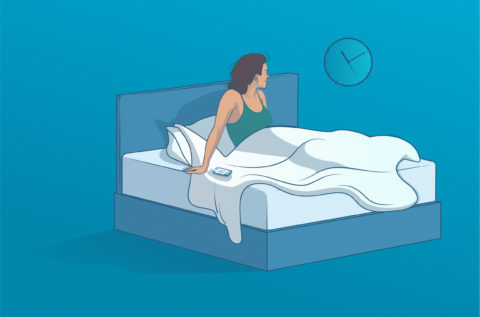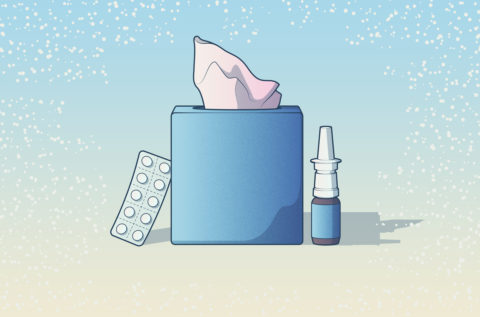Having a hard time keeping your eyes open at work? You are not alone. According to the Sleep Foundation, almost a third of employees report falling asleep or feeling very sleepy at work. In the U.S. alone, the loss in output caused by sleep deprivation among workers is estimated to be as high as 1.23 million days a year. Sleeping on the job can get you fired at some workplaces. At others, a power nap is encouraged to boost performance.
The business case for (and against) sleeping on the job
Do naps make a difference? Well, if your goal is a better focus – then yes. Power naps lasting as little as 10 minutes have been shown to lessen fatigue and boost performance for up to four hours. According to one study published in Nature Neuroscience, perceptual performance usually worsens as the day progresses. But researchers found that subjects who took a 20-30-minute midday nap stopped this slide in performance.
The impact of sleep deprivation at work vs The cost of napping at the workplace
Considering the adverse health effects of sleep deprivation and lower productivity levels among sleep-deprived workers, the positive effects of more strategic napping on economic output and global health could be significant. In a knowledge economy, where an employee’s value is based directly on their output, the effect of sleep deprivation is especially noticeable. In 2016, the U.S. was estimated to sustain the highest economic losses in the world from lack of sleep (up to $411 billion a year), followed by Japan.
On the other hand, an employer may be concerned by issues such as safety, the appearance of unprofessional conduct, or losses in output from employees who sleep at work. In 2018, a worker at the U.S. Department of Motor Vehicles made headlines when she was found to have been napping at her desk for several hours a day. The worker’s naps were estimated to have cost the state $40,000 in lost productivity. In 2019, the U.S. government instituted a blanket ban on sleeping in federal government buildings – unless the would-be napper receives expressed permission from an agency official.
How to power nap at work
If you do decide to take up the habit of a midday “work nap”, you are joining a list of luminaries that includes President Bill Clinton and Winston Churchill. Here’s a short checklist to guide you:
- Find out if it is allowed. If you don’t know the rules, check with your supervisor or look in your employee handbook.
- Wind down. To ensure that you can get to sleep, avoid excessive stimulants, including too much caffeine. Help get your mind off work by listening to some soothing music before shut-eye.
- Find the right time. Take advantage of the natural dip you feel in the middle of the afternoon, especially between 2 – 4 pm.
- Find the right place. For a nap, it’s best to find somewhere quiet, secluded and cool. Does your workplace provide a room for resting? Are you someone who can sleep at your desk? Special pillows including kooky-looking Ostrichpillow are specially designed for falling asleep at a desk. Earplugs can help keep the noise out.
- Set an alarm. Research shows that sleeping for as little as 10 minutes can increase alertness for up to four hours. Research shows that a longer nap of 30- or 60-minutes midday can help halt or even reverse the gradual loss of focus many experience as the day progresses. Allow yourself 10 minutes to recover.
The urge to fall asleep at work
There are plenty of reasons you might miss out on a good night’s rest and end up feeling drowsy during the workday – from a Netflix show that keeps you up late, to a night spent with a teething child who can’t fall asleep. Or you might be battling mid-afternoon drowsiness.
Researchers have found that the urge to nap in the middle of the afternoon is a natural part of our circadian rhythm. It’s thought to be a leftover from the days when humans lived in hunter-gather societies and had different sleeping patterns. In part because of this natural post-lunch lull, the traditional workday in many countries has long included an extended afternoon break – the siesta in Spain, riposo in Italy and xiuxi in China.
While such afternoon siesta-breaks are now being phased out in many countries, including much of southern Europe, employers in other countries are waking up to the benefits of napping or sleeping on the job. Many forward-looking employers, including companies such as Google and Nike, are equipping their offices with beds and specialized “sleep pods” as a way to increase employee well-being and productivity.
